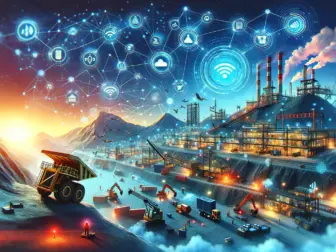Tag - Environmental Monitoring
Advancements in Environmental Monitoring for a Greener Future
As the world continues to grapple with the impacts of climate change and environmental degradation, the need for effective environmental monitoring has never been more crucial. With advancements in technology and data analytics, researchers and policymakers are now able to monitor and track environmental changes in real-time, allowing for better decision-making and proactive measures to protect our planet.
One of the key advancements in environmental monitoring is the use of remote sensing technologies, such as satellites and drones, to collect data on various environmental parameters like air quality, water quality, and land use. These technologies provide a bird’s eye view of our planet, allowing researchers to identify trends and patterns that can help predict future environmental changes and guide conservation efforts.
Another important development in environmental monitoring is the use of sensor networks and Internet of Things (IoT) devices to create a network of interconnected sensors that can collect data from various environmental sources in real-time. These sensors can monitor factors like temperature, humidity, and pollutant levels, providing a comprehensive picture of environmental conditions in a given area.
Data analytics and machine learning algorithms are also playing a crucial role in environmental monitoring, as they can process large volumes of data and identify patterns and correlations that may not be immediately apparent to human observers. By analyzing historical data and predicting future trends, these tools can help researchers and policymakers make informed decisions about environmental conservation and management.
Furthermore, citizen science initiatives are empowering individuals to participate in environmental monitoring and data collection efforts. Through smartphone apps and online platforms, volunteers can report environmental observations and contribute valuable data to ongoing research projects. This crowdsourced data can enhance the accuracy and coverage of environmental monitoring efforts, leading to a more comprehensive understanding of our environment.
Overall, advancements in environmental monitoring are providing new opportunities to protect and preserve our planet for future generations. By leveraging technology, data analytics, and citizen engagement, we can create a more sustainable and resilient environment that supports biodiversity, mitigates climate change, and safeguards natural resources. As we continue to innovate and collaborate in the field of environmental monitoring, we can work towards a greener future for all.


